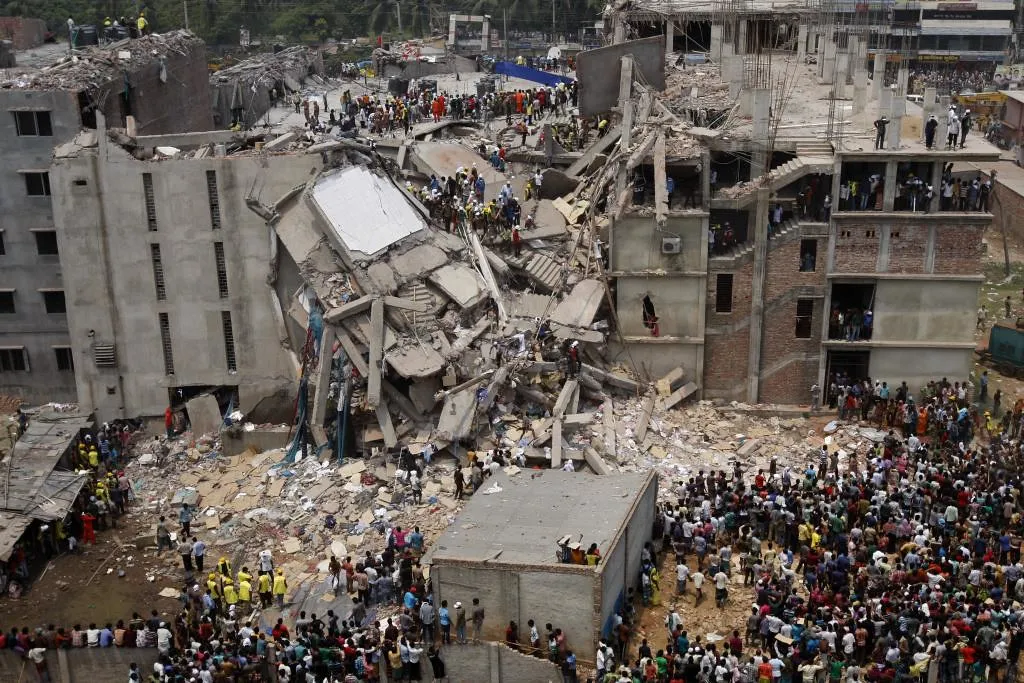

The term fast fashion, which translated means “fast fashion” is increasingly common. Fast fashion clothing companies have experienced significant growth in the last 20 years and this diffusion has profoundly changed the purchasing habits of consumers. So let’s try to understand what fast fashion really means and what social and environmental issues it raises.
Fast fashion meaning
To fully understand what fast fashion is, let’s start with some definitions: Fast fashion is a modern term used by fashion retailers to express a design that quickly passes the runways and influences current fashion trends. This type of clothing collections are based on the latest trends presented at Fashion Week every spring and autumn. Wikipedia Ability of some companies to put a product on the market in a very short time (also called fast fashion). Braids A sector of the clothing industry that produces collections inspired by high fashion but offered for sale at low prices and renewed in a very short time. Fast fashion therefore refers to cheap clothing produced quickly by mass market retail brands, in response to the latest trends.
Cheap clothes for the cost of lives
The speed of fast fashion is related both to the speed of production and supply of stores and to the speed with which an item of clothing becomes obsolete and goes out of production and is no longer on sale.
Fast fashion pours new clothing items into stores on a weekly basis. Before fast fashion, fashion collections followed a seasonal cycle. Now, thanks to completely new production and distribution models, from the conception of clothing to sale in the store, times are very short and equal to about 15 days.
The stores are continuously supplied with new items for sale at a low price, the turnover of the fashion collections is much higher with the consequence that the average life of the product is drastically reduced. As consumers we are led to visit the shops more and more often: every week in the shop we find new clothes that have just come out that respond to the latest fashion trends.
When and how fast fashion was born
The term fast fashion was first used in 1989 by the New York Times in an article about the first opening of a Zara store in New York. Fast fashion is based on a very fast production system, called “quick response”, which was applied to the fashion industry in the late 90s. The fast fashion boom is relatively recent, starting from 2000. Zara was the pioneer and this strategy soon spread among the major retailers of the mass fashion market. Fast fashion companies grew by 9.7% between 2010 and 2015.
When profit comes before human lives
The strategy that unites fast fashion companies is the increase in profit based on the speed of production at a low price, also thanks to the relocation of production in developing countries characterized by low labor costs. Lean supply chain, production and distribution must give a quick and efficient response to the creative process of designing new clothing items in order to be able to supply stores in real time with continuously new, low-cost and almost disposable clothes. While fast fashion has allowed consumers to access a greater variety of clothing items at a lower social and environmental price, unfortunately, there is no lack of negative implications. The spread of fast fashion is in fact the cause of environmental pollution and problems of exploitation.
Fast fashion and exploitation
We understood that fast fashion is based on the rapid production of large quantities of low-quality clothing sold at a competitive price. To have a competitive price, companies need to lower production and labor costs. This is often achieved through the exploitation of cheap labor in developing countries. Production is located in countries where there is no effective worker protection system and where the exploitation of workers who work in poor safety conditions, in unhealthy environments and are not paid adequately is legitimate.
A particularly tragic and striking implication of fast fashion is the accident in Bangladesh in 2013, where more than 1000 workers died from the collapse of a clothing factory. Every day there are thousands of workers employed in the fast fashion industry whose lives are put at risk by the exhausting pace of work, the lack of safety and exposure and contact with harmful substances. There are many people exploited, abused and victims of abuse, underpaid and who work in poor sanitary conditions. This system has caused an impoverishment and worsening of the health and living conditions of the workers.
